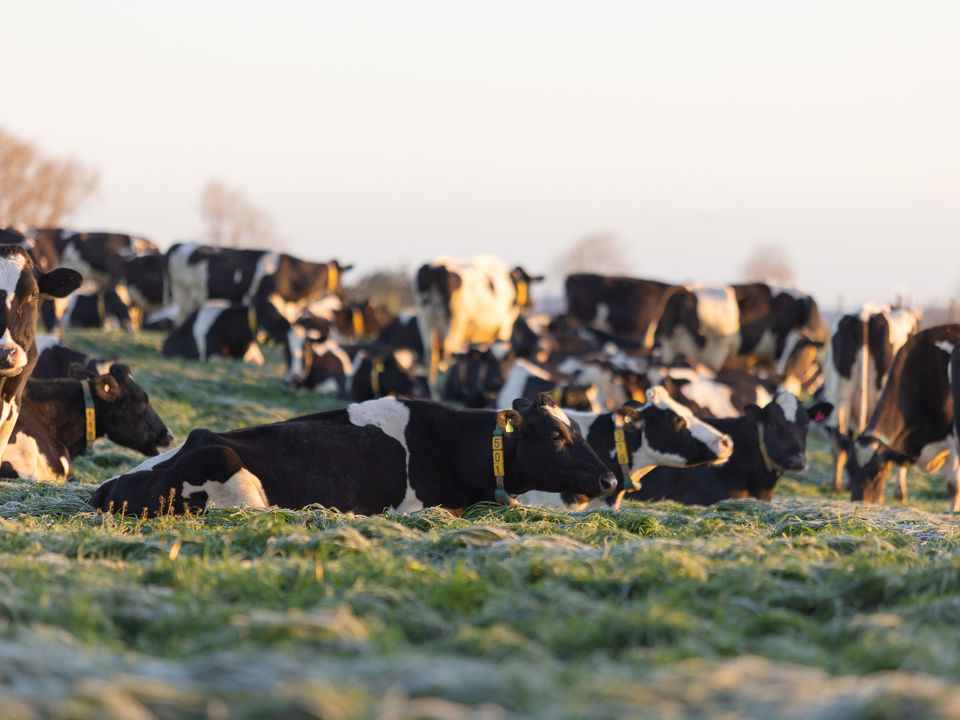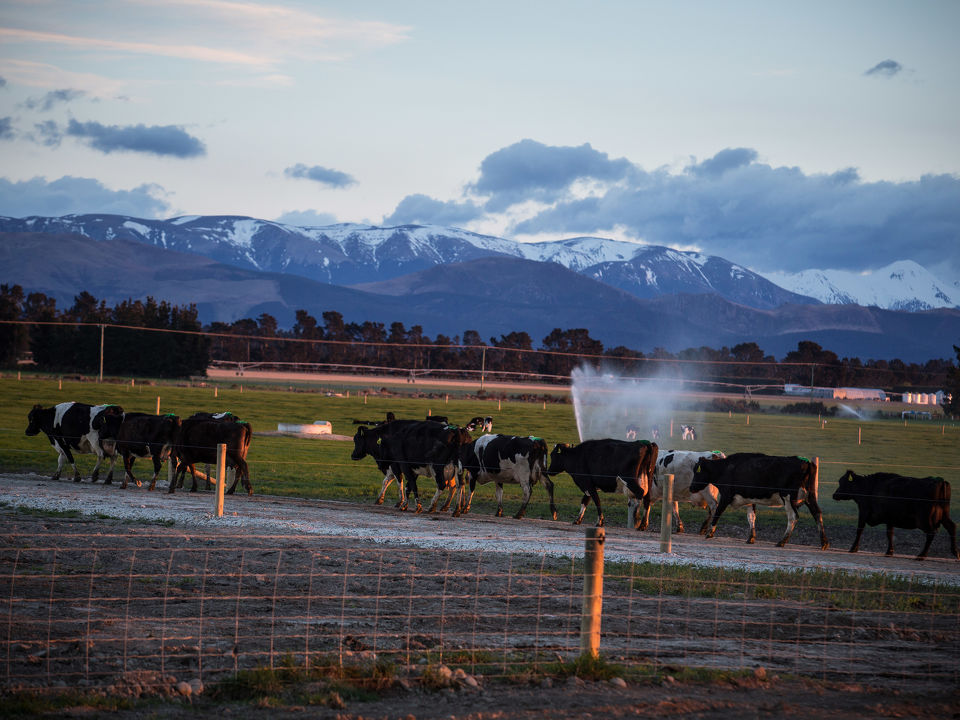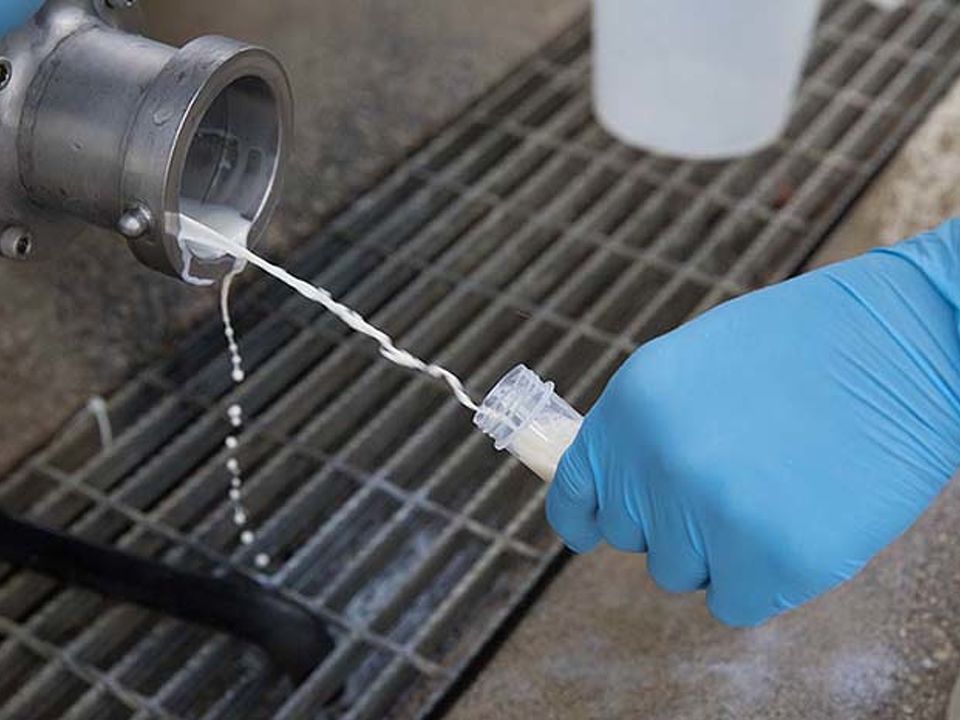Latest News
Stay in the know with FIL's latest news and events.

Science revolutionising the prevention of mastitis and reducing emissions
29 May 2024
Building on their groundbreaking work in mastitis prevention, FIL is collaborating with Farm Medix to enhance milk quality and improve profitability.
View
Mastitis prevention is transforming farming
29 Apr 2024
Supporting both global trends and local needs, the team at GEA Farm Technologies New Zealand, alongside their animal health and dairy hygiene ...
View
Mastitis Prevention Roadshow
27 Jun 2022
We’re hitting the road again with our Mastitis Prevention Roadshow! The FIL and Farm Medix Ltd team are coming to five new locations in Otago and ...
View
FIL announces global partnership agreement with Farm Medix
18 Dec 2021
The partnership brings dairy farmers best-in-class solutions to improve milk quality and farm profitability, while supporting an industry initiative ...
View
FIL recycling one million litres of rainwater to reduce environmental footprint
8 Nov 2021
As a part of an ongoing commitment to reducing their environmental footprint, FIL has installed water filtration systems that will allow them to ...
View
The heat is on: Tell Tail Applicator clear market leader after 25 years
29 Jun 2020
Providing Kiwi farmers with reliable and cost-effective tail paint has been FIL's focus since its inception, with NZ made tail paint paving the way ...
View
